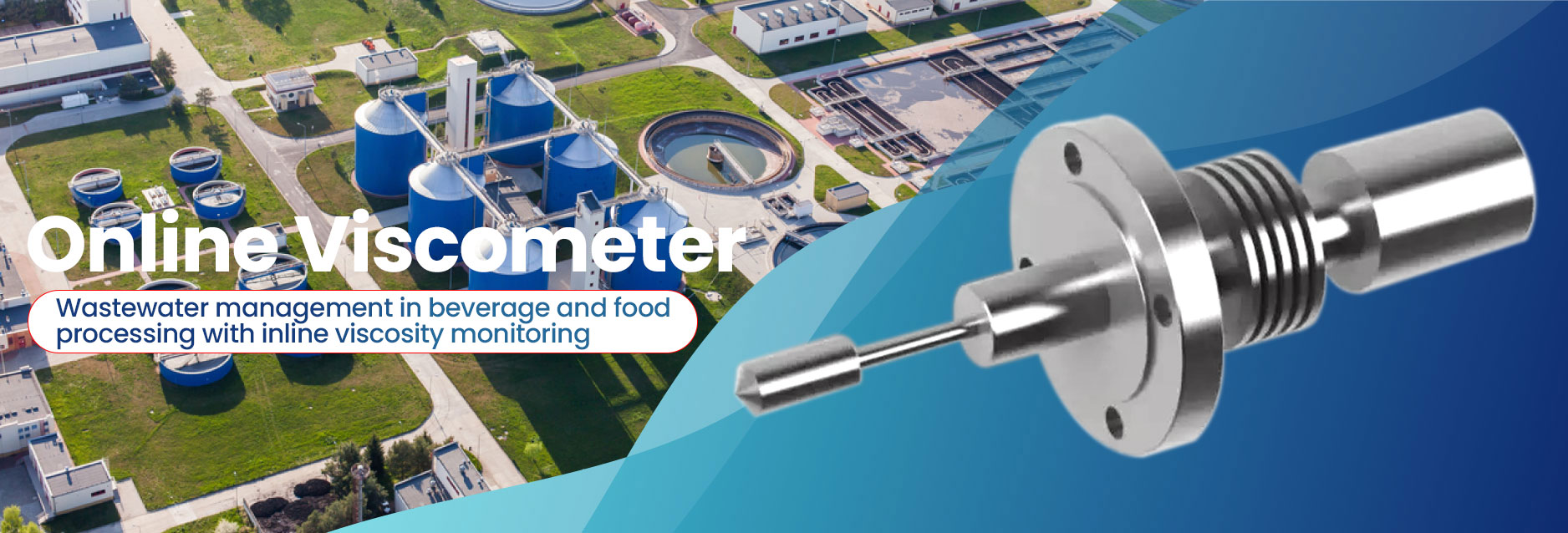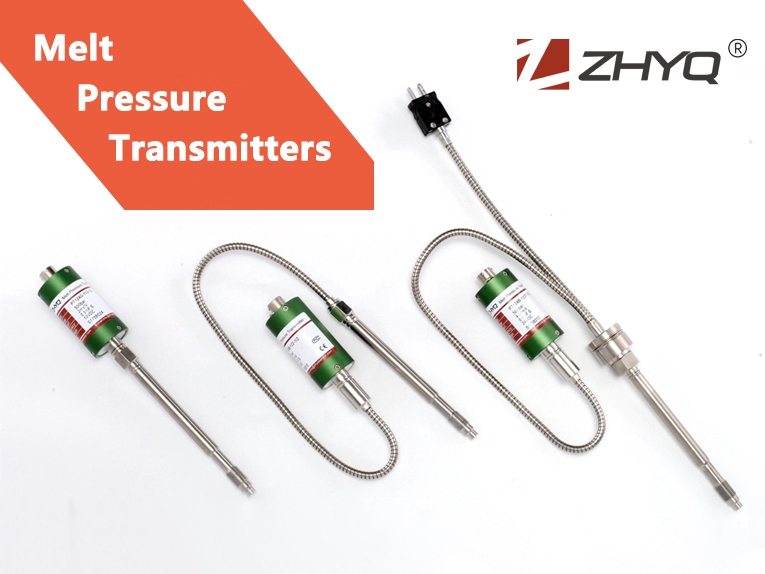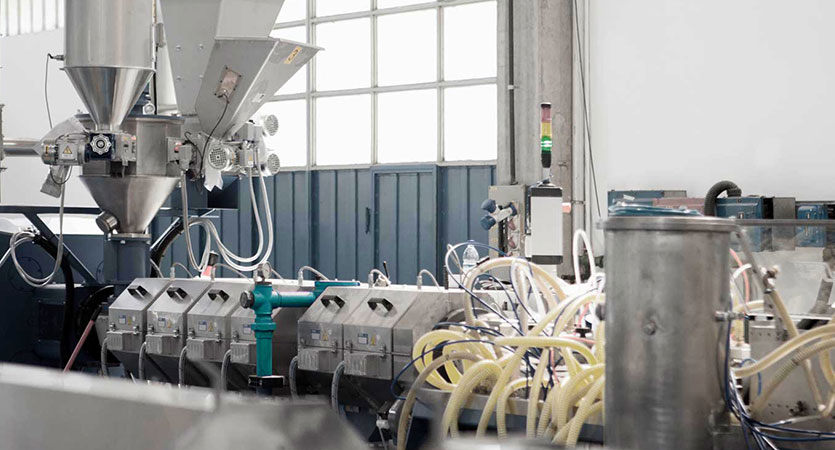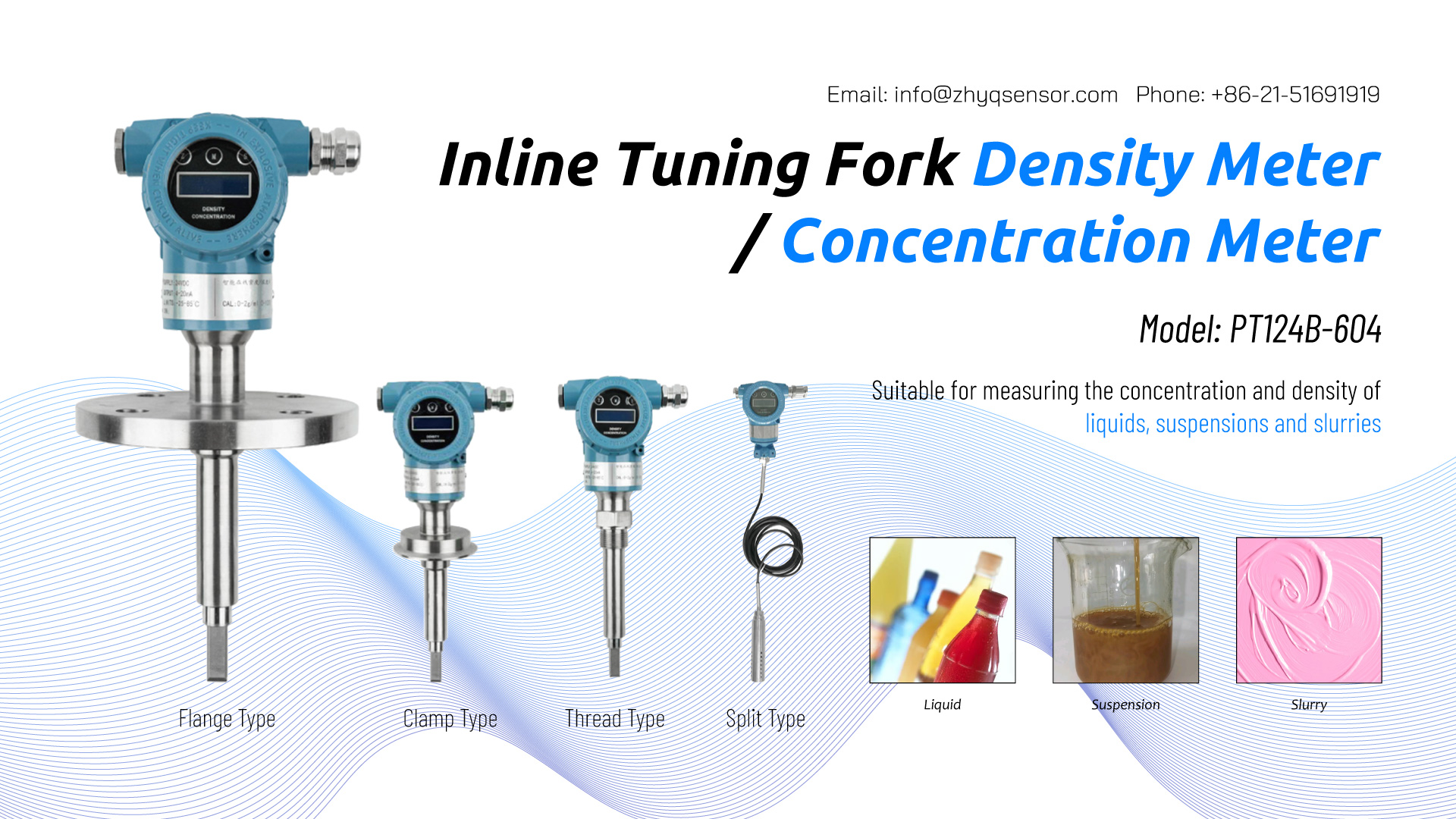
- Pressure Sensor, Pressure Transducer, Pressure Transmitter


- 2023-09-21
- Zhyq
- 99
Wastewater Management in Beverage and Food Processing with Inline Viscometer Monitoring
Food and beverage industry is one of the key industrial segments and major contributor to global economic and societal growth. In the EU, it constitutes the largest manufacturing sector in terms of turnover, value add, and employment. However, the sector has been associated with various environmental issues including high levels of water consumption and wastewater production. Sources of wastewater production in the food industry include breweries, manufacturers of beverages, vegetable oils, milk/dairy products, starch, confectioneries, sauces and juices. Increasingly stringent discharge standards require removal of pollutants from wastewater to very low levels while environmental and financial sustainability goals require minimizing energy and resource consumption.
Process Requirements
Industries need to ensure that their wastewater is properly treated and meets the specifications/limits of their local Publicly Owned Treatment Works (POTW)/municipal sewage treatment plant. It is critical for the plant managers to follow procedures, and features designed to minimize pollutants discharged to the sanitary sewer or released to the environment. The following are some of the requirements applicable to the wastewater treatment division of industrial facilities in the food processing industry.
Meet discharge limits
All food processing plants and breweries that send their wastewater to the sewer system must make sure their wastewater meets local discharge limits and prohibitions. Different POTWs often have different requirements, depending on the location.
Total Suspended Solids (TSS) – Solids such as spent yeast, grains, hops and trub capable of settling can restrict or block flow in sewer lines. A company or facility that discharges solids which cause a sewage backup is liable for any damages.
pH – The pH of wastewater must typically remain between 5.0 and 12.5. In general, brewery wastewater is acidic. However, cleaning processes can cause high and low spikes. Brewery operations must maintain compliance with pH discharge limits. Wastewater that is too acidic (low pH) or too alkaline (high pH) can seriously corrode the sewer system and affect the wastewater treatment facility’s ability to treat the wastewater, so the pH must be controlled.
Temperature – High temperature brewery wastewater can cause issues at wastewater treatment plants.
Continuous monitoring point
To ensure their wastewater meets requirements, the plants may be required by their municipality to have an easily accessible monitoring point. They must be able to monitor or collect samples that represent the discharge from the plant operations in a location that is separate from sanitary and restaurant drains. While small breweries may not always have a separate monitoring point, the municipality generally reserves the authority to require one and it is generally recommended.
Control Product losses/off-spec product
Sending excessive amounts of high strength waste to the sewer can disrupt the sewer system and/or increase a facility’s high strength surcharge fees. Plants need to minimize the volume of unused and off-spec product discharged to the public sewer whenever possible. If there is no other alternative than the sewer, the discharge still must meet local limits.
Chemical storage and spill prevention
Food processing factories typically provide secondary containment for chemical solutions such as cleaning and sterilization chemicals and waste materials to prevent the entry of these materials into the sewage system in case of accidental spills. A spill at a brewery will not be poisonous or contain hazardous wastes and will be things like beer, wort, yeast, caustic, or acid. They all present their problems, and they’re all major events when spilled in large amounts.
A spill that is primarily BOD, such as beer, wort, or yeast should be isolated in the calamity tank and hauled off site and applied as fertilizer. The other option is to slowly discharge this water to sewer every day for several days or weeks. Dilution does not fix the problem. A large spill of acid or caustic should be isolated in the calamity tank and neutralized with caustic or acid. Once neutralized it can be discharged to sewer or the industrial pre-treatment facility.
How can real-time viscosity and density measurements can enable better wastewater management in the food and beverage industry?
Continuous, inline process density & viscosity monitoring to guarantee a high standard in wastewater treatment
The BOD, COD and concentration of solids can be measured using different methods, direct or indirect. Typically, analysis is conducted offline by collecting samples and using laboratory test methods. These off-line methods can be time consuming and prone to delays and sometime inefficient in detecting critical events in a process line.
Wastewater treatment plants (WWTP’s) of breweries can monitor real-time density and viscosity of their wastewater stream to ensure their discharge does not have high BOD, COD peaks, TSS or accidental release of other substances, commonly referred to as a calamity event. Not only density and viscosity bear strong correlation with the BOD, COD, TSS and other substances, but also, they are the properties which greatly affect flow behaviour of the slurry. Hence, inline & continuous detection of viscosity and/or density and any unexpected trend in monitoring can enable operators take automatic or manual corrective actions. This measuring method can help to reduce the overall operating costs and makes it easier to comply with conditions for discharge consent. Upset process conditions – resulting in the destruction of the biological process – can be prevented and unintended spillage of raw material can be detected immediately. The process waste water can be diverted to ‘Calamity Tanks’ in occurrence of a process calamity event, for suitable discharge without unnecessary problems which could arise in treatment plants or non-compliance with municipality discharge regulations.
Leave Your Inquiry
Your email address will not be published. Required fields are marked *


